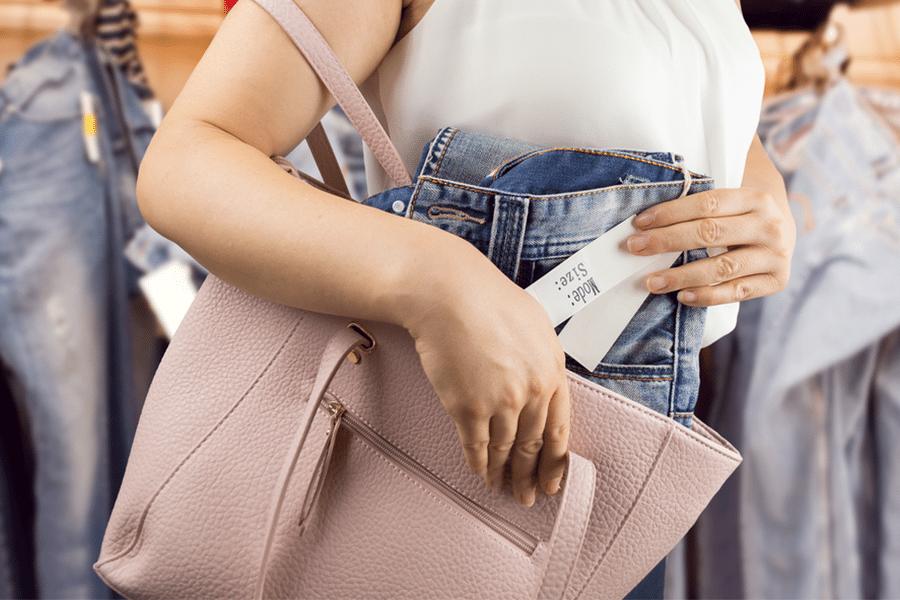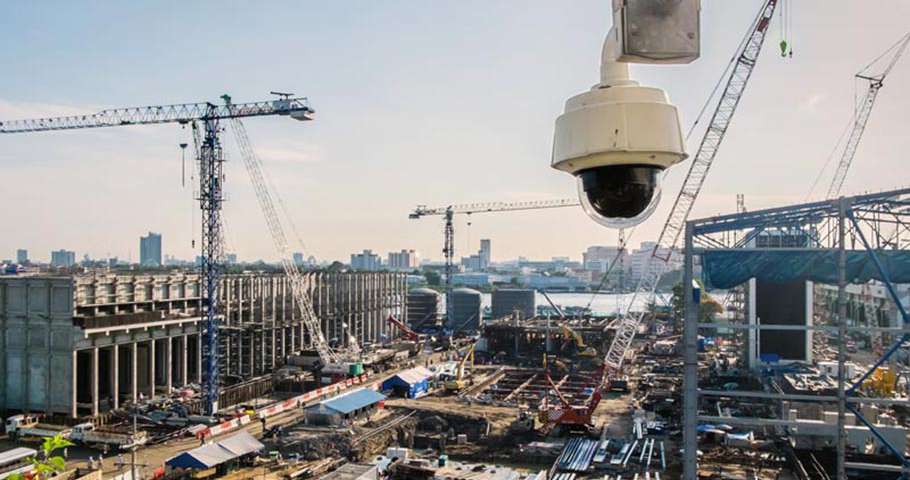Shoplifting is regarded as a petty crime. But retail business owners are sure to disagree. Perhaps if you are reading this, you are a retailer who has suffered from substantial loss due to shoplifting. Shoplifting hurts all businesses, from the smallest family-run convenience store in your town to large corporate retail chains. Shoplifting is definitely not a victimless crime – it hurts all hardworking business owners resulting in a 5 billion dollar loss in Canada each year.
Retail Security and loss prevention is essential for the viability and profitability all retail businesses. “Retail Shrinkage” is a term defined as the reduction of inventory due to shoplifting, employee theft, administrative errors, and supplier fraud. Effective policies and security systems are designed to keep retail shrinkage to a minimum. If you are a retail business owner, read on to learn 5 key facts about retailer security and loss prevention.
1. Not Just Shoplifting
Retail shrink includes shoplifting, employee theft and vendor fraud. There’s also an element of administrative, paperwork, and inventory errors.
Shoplifting may be the largest component of the loss that retailers experience. Even so, loss prevention personnel understand that the other areas of loss mentioned above are not insignificant. What’s more, there’s a lot that can be done to minimize these losses.
Security personnel can significantly minimize and prevent losses in all these other risk areas. They can keep inventory records independently of other employees. These records can be shared with you, the owners, which can then be triangulated with employee inventory records. Their presence is shown to deter thieves from entering your store. Security guards can keep a watchful eye while supervising supplier deliveries and ensure all inventory is accounted for. Lastly, security guards can monitor your inventory and property during non-business hours, such as during construction or store improvements, so that none of your inventory goes missing when contractors or other employees are present.
2. Successful Retailers Invest in Loss Prevention
Retail shrink is a significant cost to retail businesses. Many successful retailers invest in preventing shrink with permanent loss prevention personnel. Who are these retailers?
About 95 Canadian retailers see no alternative than to engage their own loss prevention teams. They are predominately large retailers who know the investment in Loss Prevention is worthwhile in contrast to the significant losses through shrink.
This leaves the mid-sized and small retailers with a problem. Both internal theft and external theft in the form of shoplifting are a cost to them, too. The scale of their businesses means recruitment and retaining a loss prevention team are not viable.
The solution to this challenge is two-fold: great customer service and employee engagement.
3. Guard Against Shoplifting
Canada’s top online retail publication recommends the use of security officers. Retail Insider described their top five ways to stop shoplifters, and the use of security guards made it into the list. Security officers combined with surveillance cameras, lighting, tagging, and access control technology make for a robust crime prevention solution.
Retail Insider points out that the effectiveness of the retail security officer is that they have a clear focus. They are there to maintain the security and safety of the store. Other store personnel have many priorities and can’t possibly maintain a watch on all the valuable items in the store while performing their duties.
Being present in the store is the security officer’s major contribution. That presence is a deterrent to shoplifters. It’s more difficult for a shoplifter to steal from a store that has a guard on duty than one that doesn’t.
Shoplifters tend to look for easy targets. A simple theft without having to avoid a guard is their preference. Making shoplifting difficult and risky reduces your store’s attractiveness to these thieves.
When it comes to hiring security guards, not just anyone will do—it’s important for guards to have thorough education and training, especially in retail security practices. The security officers have to understand the criminal justice system, the Duty of Care, and the behaviour of criminals. That way, they can also protect the retailer from lawsuits and personal injury claims.
4. Loss Prevention Embraces Technology
Technology offers many new solutions to the old problems of theft and dishonesty. Innovation in the retailer security world has provided ingenious and effective ways to prevent and detect retail shrink.
While security systems have been around for some time, more connected systems now do much more than set off an intruder alarm. A control room in a central location can be alerted if there is an intruder on your retail premises. Video surveillance capability allows a remote operator to inspect the premises and determine the cause of the alarm.
Tagging on merchandise and sensors on doors can help prevent theft through the back door by employees. It can also prevent theft by shoplifters. Tagging at source by suppliers can reduce the cost and administrative inconvenience of manual, store-based tagging operations.
Point of Sale systems help to maintain accurate inventories. Together with handheld scanners for stock checking, administrative errors in goods received and other retail operations can be kept to a minimum.
CCTV Camera systems can monitor stores to help pick up the suspicious behaviour of both customers and employees. Credit card frauds can be reduced with encryption of customer’s credit card data. Theft of personal information can be prevented with state-of-the-art cybercrime prevention strategies.
While all these tech advancements can help keep theft in check, the best software and gadgets still can’t make up for a lack of training and security.
5. Training and Retailer Security
As much as shrink is actually due to administrative errors, better training can reduce this. Inventory management methods, goods receiving procedures, and customer return processes may be the best places to start. When in-store procedures are correctly completed, shrink is reduced.
The main responsibility of most retail employees is customer service. Attentive customer service is your best defence against shoplifters.
If all retail employees are aware of this, available to serve customers, asking customers if they can assist them, and staying visible, it’s a great deterrent to the casual shoplifter. Customer service training is, in essence, also loss prevention training.
You might not think that leadership training would have an impact on loss prevention, but it could. To reduce shrink you need employees who care enough about their employer and associates to be committed to preventing losses. Achieving this level of engagement is a challenge, but it’s one that effective retail leaders can achieve with the help of leadership training.
Keeping Retail Shrink Low
Retailer security and loss prevention is a wide-ranging disciple. To combat shoplifting, employee theft, supplier errors, fraud, and administrative errors, you’ll need a varied skillset and sophisticated solutions.
The scale of loss is huge. That only makes the opportunities to reduce it huge, too.
If you’re ready to talk to us about stepping up your retail security, contact us to discuss our security guard services.




